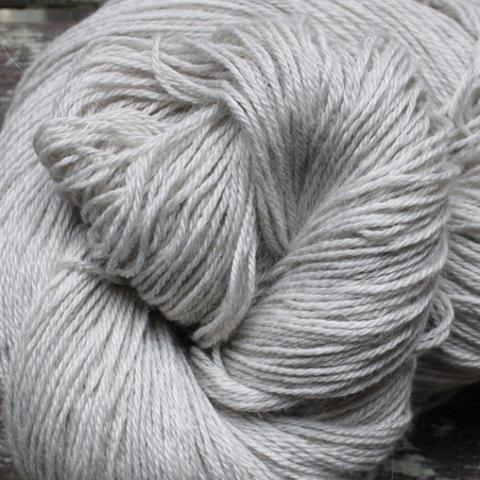Exploring the Different Kinds Of Cashmere a Natural Fiber for Ultimate Deluxe
Cashmere, a natural fiber, is usually linked with high-end and convenience. Not all cashmere is created equal. From the richly soft Mongolian range to the light-weight warmth of Indian Pashmina, each kind provides its very own unique functions and appeal. The much more budget friendly Chinese cashmere, the standard Scottish variant, and the premium Italian mix, all tell a different tale of this impressive fiber. As we unravel the world of cashmere, a deeper understanding of its real worth and refinement starts to emerge.
Understanding the Lavish Nature of Cashmere
Cashmere, frequently related to high-end and comfort, holds a special appeal in the globe of natural fibers. This soft, light-weight material is coveted for its phenomenal warmth and exceptional toughness. Unlike other natural fibers, cashmere combines insulation with breathability, providing unequaled comfort across varying temperature levels. Its glossy coating and soft structure add to its high-end appeal, warranting the costs cost that typically includes cashmere garments. Additionally, cashmere's inherent crease resistance and flexibility improve its value, making it a preferred choice for costs clothing and devices. Despite its fragile look, cashmere possesses an unusual durability, able to maintain its form and glamorous feel in time. This special mix of attributes cements cashmere's position as an icon of style and extravagance.
Just What Is Cashmere and Where Does It Originate from?

Offered these extraordinary top qualities, one might question the origin and make-up of this elegant fiber. Cashmere is stemmed from the soft undercoat of cashmere goats, mainly discovered in Mongolia, China, Iran, and Afghanistan - is cashmere a natural fiber. These goats are adjusted to harsh climatic problems, generating an extremely fine, soft underfur as a protection against the bitter cold. This underfur, or undercoat, is what is gathered for cashmere. Each springtime, when the goats normally dropped their winter coat, farmers comb out the great underhair, leaving the coarser hair behind. This thorough procedure adds to the shortage and high expense of cashmere. With its origin in the severe landscapes of Asia, cashmere is a testament to nature's capacity to create deluxe from adversity.
Translating the Various Sorts Of Cashmere
Recognizing the different types of cashmere is vital to valuing the high quality and distinct attributes of this glamorous material. Typically, cashmere is categorized right into three kinds: raw, virgin, and reused. Deciphering these types that site is the first step in comprehending the exclusivity and worth of cashmere.

The Distinct Qualities of Each Sort Of Cashmere
Having actually checked out the different categories of cashmere, it comes to be evident that each type flaunts its one-of-a-kind set of characteristics. Mongolian cashmere, for circumstances, is renowned for its superior top quality, due to Mongolia's severe winters that create longer and finer fibers. Conversely, Chinese cashmere is commonly much more inexpensive, though its much shorter fibers can decrease longevity.
Why Cashmere Is the Embodiment of Luxury in Fashion
Cashmere holds an esteemed setting on the planet of fashion, considered a symbol of high-end and sophistication. Its appeal is not simply in its softness and warmth, yet also in its rarity and the thorough process included in its procurement. Cashmere is originated from the great undercoat of Himalayan goats, known for their remarkable top quality fiber. The scarcity of this fiber, incorporated with the labor-intensive procedure of collection, contributes to its high cost and special condition. Cashmere's exceptional comfort and sturdiness make it Website a popular material in the production of high-end garments. Its all-natural light-weight and protecting homes include in its value, making it the epitome of luxury in vogue.
The Process of Making Cashmere: From Goat to Garment
The journey of cashmere, from being an undercoat of a Himalayan goat to a glamorous garment, is a complex one. With the development of springtime, farmers in Mongolia and China gather the wool by combing the goats, ensuring no injury is done. The gotten woollen contains crude external hair and soft downy undercoat. This mix is after that fastidiously separated, with only the soft down used for cashmere. This raw cashmere is washed, colored and rotated right into thread. The thread is after that woven or weaved into fabrics. The last action includes pressing and washing to give the material its characteristic gentleness and warmth. From goat to garment, each step is a testament to the virtuosity, ability and persistence entailed in crafting cashmere.

Final Thought
In final thought, cashmere, with its natural beauty and unrivaled comfort, preponderates on the planet of luxury style. The variety in types, varying from the soft Mongolian, light-weight Indian Pashmina, budget friendly Chinese, traditional Scottish, to the vibrant Italian, discloses the flexibility of this natural fiber. The meticulous procedure of transforming it from a goat to a garment further includes to its exclusivity, making cashmere the epitome of sophistication and deluxe.
Cashmere, a natural fiber, is frequently linked with high-end and comfort (is cashmere a natural fiber).Cashmere, usually connected with luxury and convenience, holds a distinct attraction in the globe of natural fibers. Unlike various other natural fibers, cashmere check that combines insulation with breathability, using exceptional comfort throughout varying temperatures. Cashmere is acquired from the soft undercoat of cashmere goats, mainly located in Mongolia, China, Iran, and Afghanistan. Cashmere is obtained from the great undercoat of Himalayan goats, understood for their premium high quality fiber